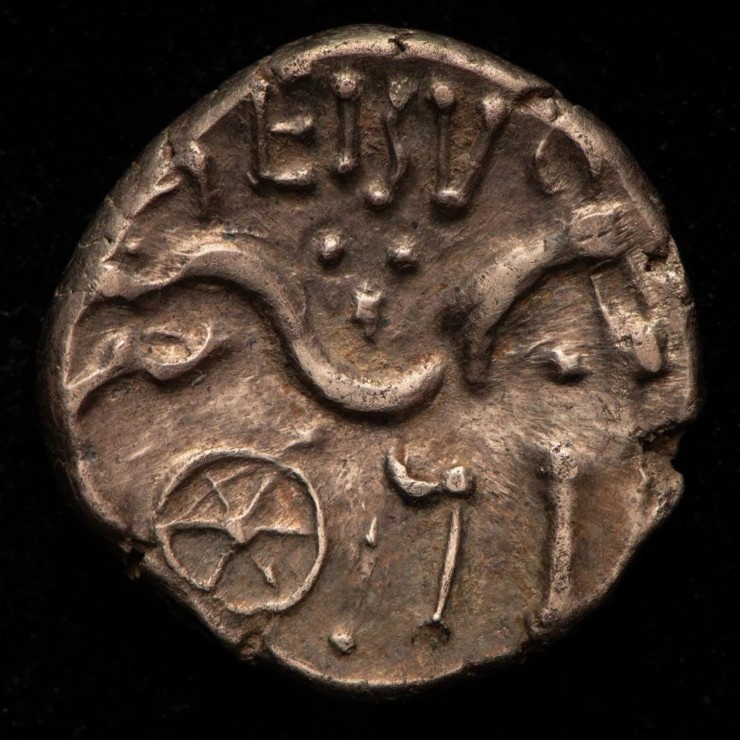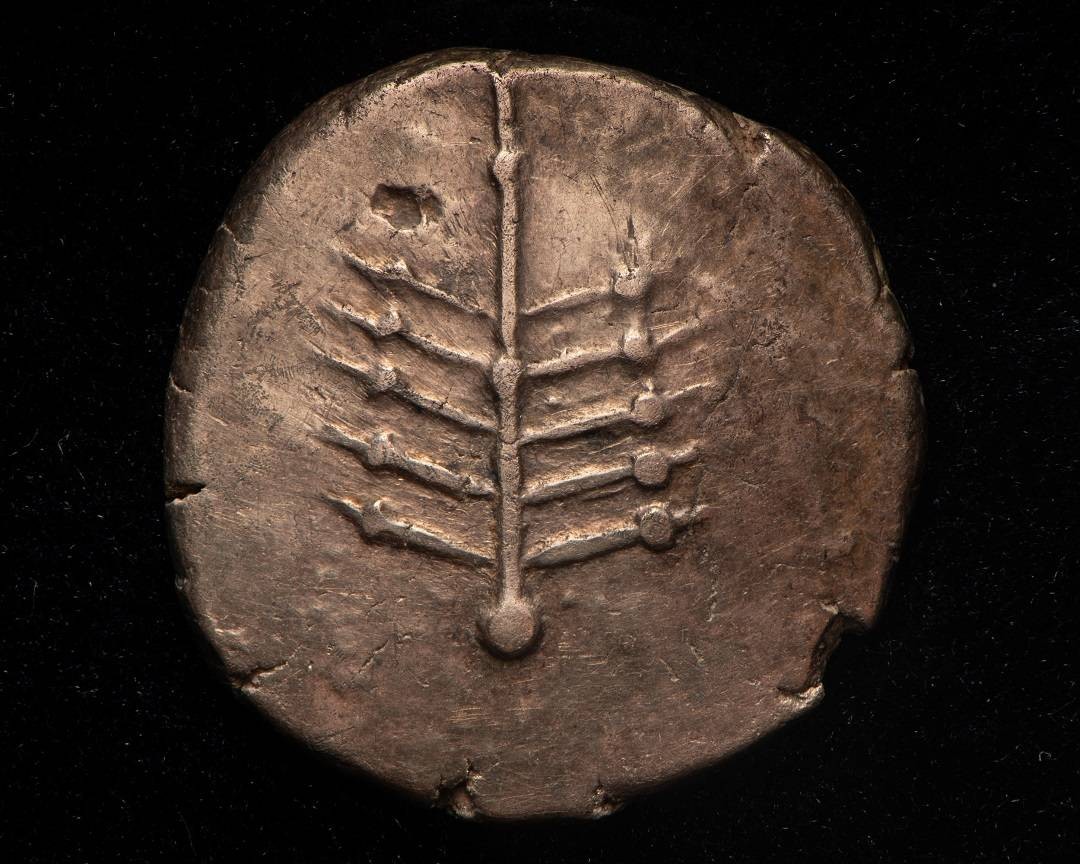Builders have found the largest coin hoard of the Roman emperor Nero
Categories: Minting - Numismatics , Nálezy nejenom s detektorem ve Velké Británii a Irsku , Pravěké poklady
A nearly 2,000-year-old hoard of silver coins dating back to the reign of Roman Emperor Nero has been discovered in Worcestershire, England. It is the largest coinage of this emperor ever discovered in the Roman Empire.
The so-called 'Worcestershire Conquest Hoard' is one of the most important archaeological finds in a county that does not have many Roman finds. In Roman times it formed the boundary between areas controlled by Rome on the one hand and the Iron Age Britons on the other. The treasure was deposited in the turbulent times of the mid 1st century, some 12 years after the Roman conquest of Britain.
The collection consists of 1,367 silver and one gold coin. It was found by builders in the Leigh and Bransford area in a pottery vessel that was made locally. Most of the coins are Roman silver denarii. The oldest dates from 157 BC and the youngest from 55 AD. The only gold coin is a staters of the Celtic tribe of Dobun, who were active in the area between 20 - 45 AD The youngest coins are almost as new, they could not have been in circulation for long. The hoard was therefore probably deposited in 55 or shortly after.
"This extraordinary new find is one of the largest early Roman hoards ever found in Britain," said Dr Murray Andrews, a lecturer at the UCL Institute of Archaeology. "It gives us a glimpse of a brief moment in time 2,000 years ago when the borders of the Roman Empire ran from North Africa and the Middle East to the Malvern Hills and the River Severn.
"Initial research suggests that the treasure may have been part of a military expenditure - perhaps a payment to a wealthyto a local farmer or merchant who supplied grain and cattle to the Roman fort at Worcester. It was deposited at a time of unrest on the Welsh border, where local tribes were fighting the advancing Roman army. It is possible that the original owner was trying to protect his money from the threat of conflict and border raids'.
In June 2024, the set was declared a treasure by the coroner, and a valuation committee set its market value at £100,000 (about 3 million crowns). Worcestershire Museum wants it for its permanent display. Therefore, the charity Worcestershire Heritage Art & Museums launched a fundraising campaign to raise £6,000 so that they could go on to apply for a government grant, which they did within days.
"The hoard unlocks an important window into the history and archaeology of Roman Britain and further study will help us to better understand how and why these coins were buried, where and when they were. This is a once-in-a-lifetime discovery, a true Worcestershire treasure," Mr Andrews concluded.
Roman Nemec
Sources: bbc.com, museumsworcestershire.org.uk, thehistoryblog.com

Treasure with a fragment of a ceramic vessel

a golden statue of the Dobun tribe

golden tribe of Dobun tribe tripod other side

Silver denarius from 55 AD with portrait of Nero and his mother Agrippina Jr.

Silver denarius of 55 AD with portrait of Nero and his mother Agrippina Jr. - reverse
The article is included in categories: